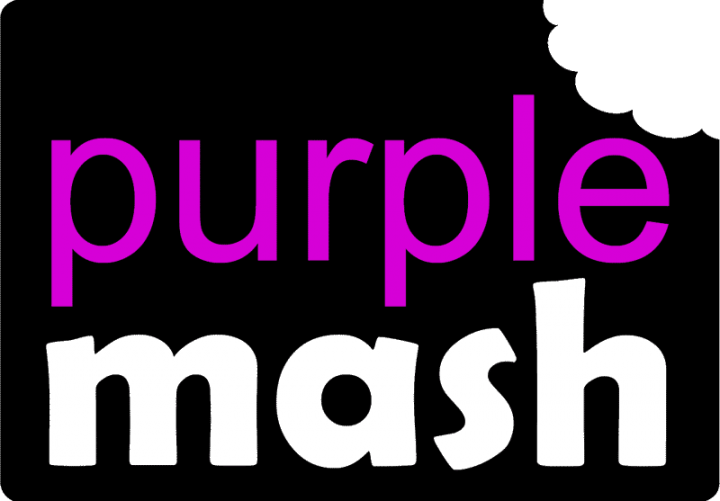Computing
The computing curriculum is underpinned by the Purple Mash scheme of work in order to ensure all areas of the curriculum are taught and there is a progression of skills throughout the school. Computing comprises a variety of systems for the programming, control, creation, publication, storage and retrieval of information. It is treated as a subject in itself as well as being integrated into a variety of curricular subjects to ensure breadth, balance, continuity and progression. This results in building new skills and knowledge based upon what has been taught before, allowing all pupils to work towards clearly defined end points.
Computing is concerned with how computers and computer systems work, and how they are designed and programmed. Pupils studying computing will gain an understanding of computational systems of all kinds, whether or not they include computers. Computational thinking provides insights into many areas of the curriculum, through encompassing memorable learning opportunities for example, designing their own games and animations. The school provides a coherently planned curriculum, sequenced towards cumulatively sufficient knowledge, skills and cultural capital through informative teaching and learning activities and enhancement experiences.
The National Curriculum presents the subject as one lens through which pupils can understand the world. There is a focus on computational thinking and creativity, as well as opportunities for creative work in programming and digital media.

To access our school login page for Purple Mash go to: https://www.purplemash.com/sch/stannesrg22
The introduction makes clear the three aspects of the computing curriculum:
- Computer Science (CS)
- Information Technology (IT)
- Digital Literacy (DL)
In order to reflect this, each class focuses on these areas throughout each academic year:
- Coding and computational thinking
- Spreadsheets
- Internet and email
- Art and Design
- Databases and graphing
- Writing and presenting
- Computers and computational thinking
The core of computing is computer science, in which pupils are taught the principles of information and computation, how digital systems work and how to put this knowledge to use through programming. Building on this knowledge and understanding, pupils are equipped to use Information Technology to create programs, systems and a range of content. Computing also ensures that pupils become digitally literate/able. Children are also encouraged to use, express themselves and develop their ideas through information and communication technology – at a level suitable for the future workplace and as active participants in a digital world.
We therefore intend that all pupils will:
- Taught a relevant, challenging and enjoyable curriculum for computing for all pupils.
- Understand and apply the fundamental principles and concepts of computer science, including abstraction, logic, algorithms and data representation
- Analyse problems in computational terms and have repeated practical experiences of writing computer programs in order to solve such programs
- Evaluate and apply computing technology, including new or unfamiliar technologies analytically to solve problems
- Equipped pupils with the confidence and capability to use computing throughout their later life.
- Focus, build-upon and learn key vocabulary to develop understanding of concepts and computing knowledge.
- Build in memorable experiences to promote deep learning.
- Develop the understanding of how to use computing safely and responsibly.
Co-ordinator: Mr Matt Petts
Please view our Computing Policy here.